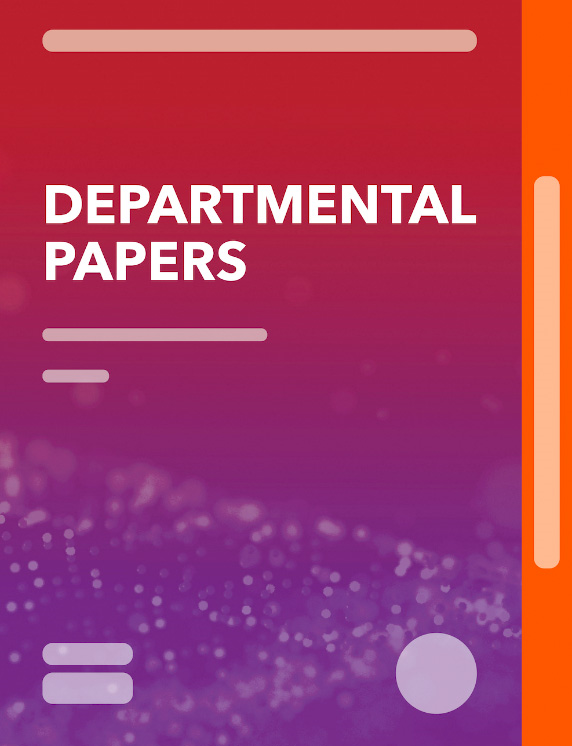Managing Fiscal Risks in the Middle East and North Africa
June 11, 2023
Disclaimer: The views expressed herein are those of the author(s) and do not necessarily represent the views of the IMF, its Executive Board, or IMF management.
Summary
Countries in the Middle East and North Africa are exposed to significant fiscal risks. This paper analyzes the sources of these fiscal risks in 17 low- and middle-income countries in the Middle East, North Africa and Pakistan region, excluding high-income Gulf countries (MENAPEG), and discusses avenues for reform to strengthen fiscal risk management. The materialization of fiscal risks in MENAPEG has been driven by macroeconomic shocks, contingent liabilities, and tail-risk events. The region has a track record of volatile economic growth and sharp exchange rate movements. High dependence on hydrocarbon revenue among MENAPEG oil and gas exporters and pervasive universal subsidies generate considerable budgetary exposure to swings in commodity prices. Substantial government involvement in the economy and large state ownership of firms and banks exposes several MENAPEG countries to contingent liabilities from state-owned enterprises and the financial sector. Lastly, the region’s history of social unrest and conflicts together with tail-risk events such as the recent COVID-19 pandemic, and natural disasters and climate change, have been important sources of fiscal risks. Many of the factors historically associated with the materialization of fiscal risks in MENAPEG countries are likely to remain sources of vulnerability in the future, raising the need for robust fiscal risk management frameworks. Policy reform can strengthen fiscal risk management in MENAPEG. This paper describes precedents where progress is made and provides a broad analytical framework for policymakers to build upon to fully embrace fiscal risk management in all its dimensions. Going forward, it is crucial for national authorities to enhance their capacity to identify, quantify, and assess risk factors and their budget’s exposure to them. This should be followed by thorough fiscal risk analysis to inform policy decisions to mitigate risks. Where risks cannot be mitigated or are judged to be acceptable, countries should consider adopting appropriate medium-term fiscal frameworks to build buffers to deal with them.
Subject: International organization, Political economy
Keywords: commodity price shock, Covid-19, Fiscal risk management, Fiscal risks, Fiscal transparency, Middle East and North Africa, pandemic, Public Financial Management
Pages:
64
Volume:
2023
DOI:
Issue:
005
Series:
Departmental Paper No 2023/005
Stock No:
MFRISCOTMEANAEA
ISBN:
9798400229886
ISSN:
2616-5333





